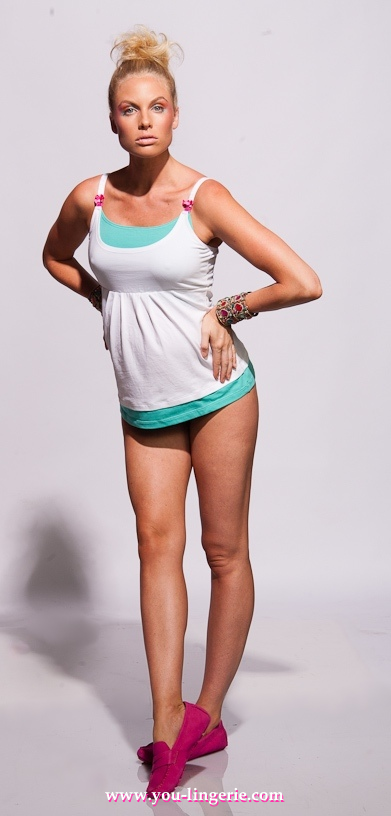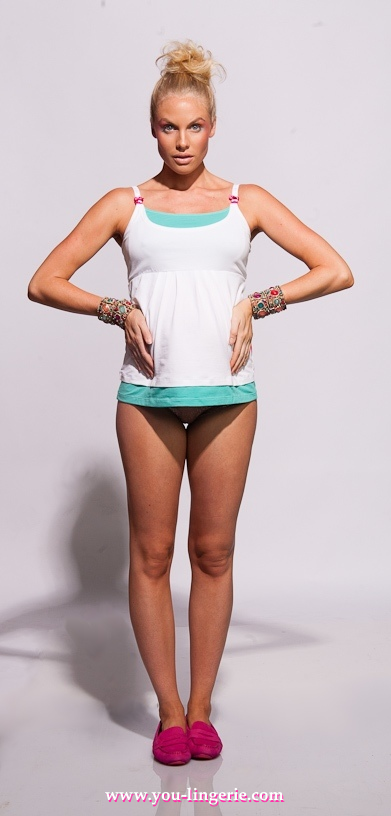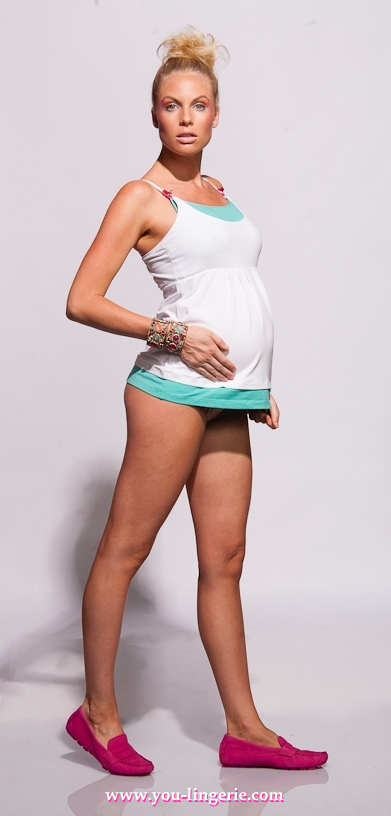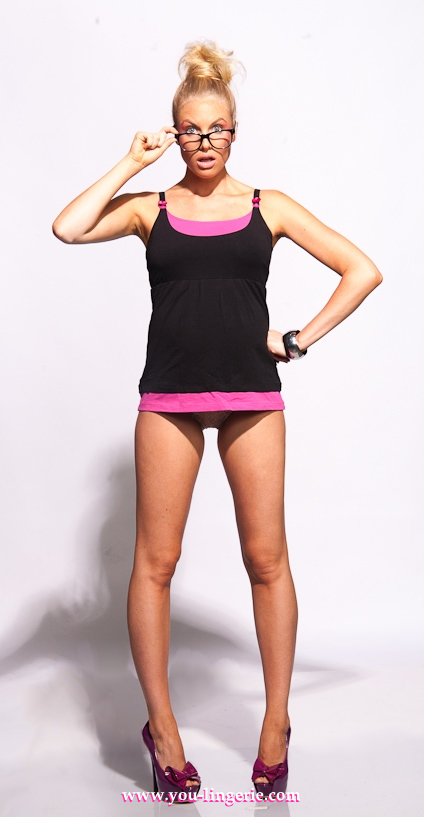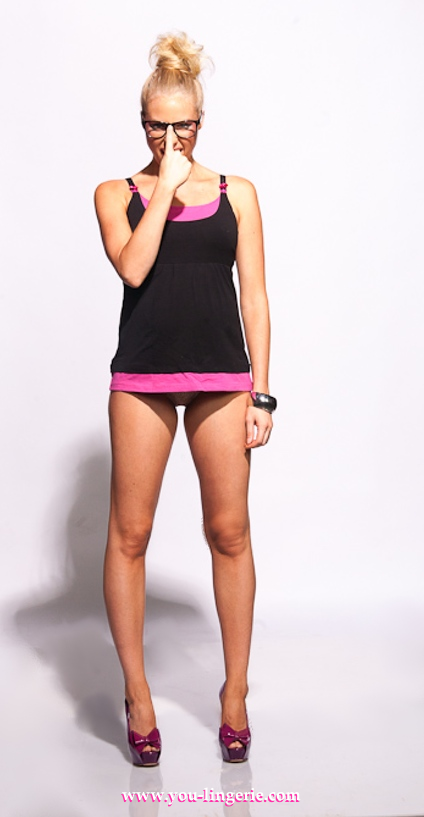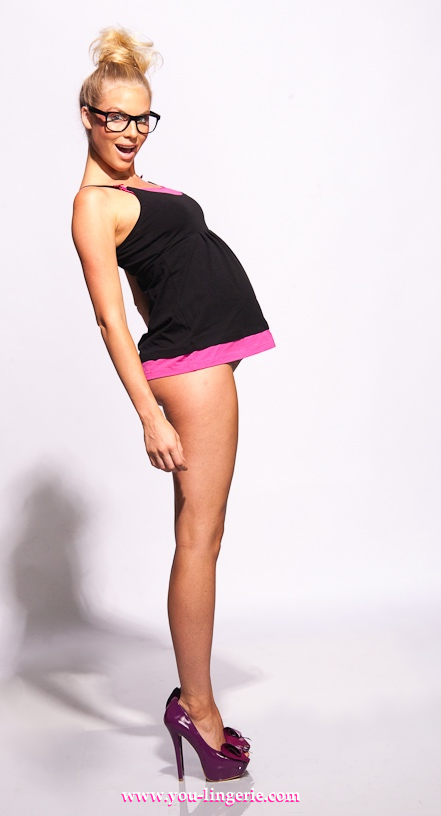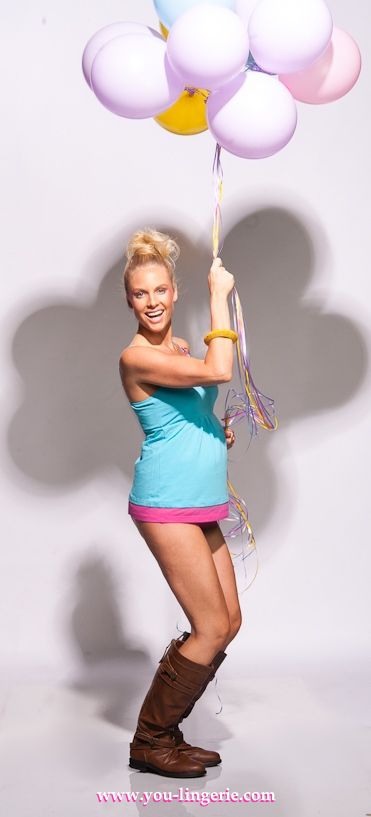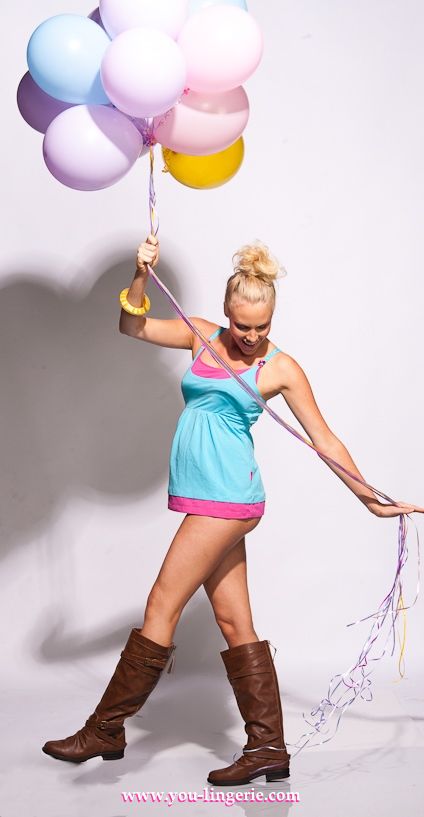Archive of ‘Blog’ category
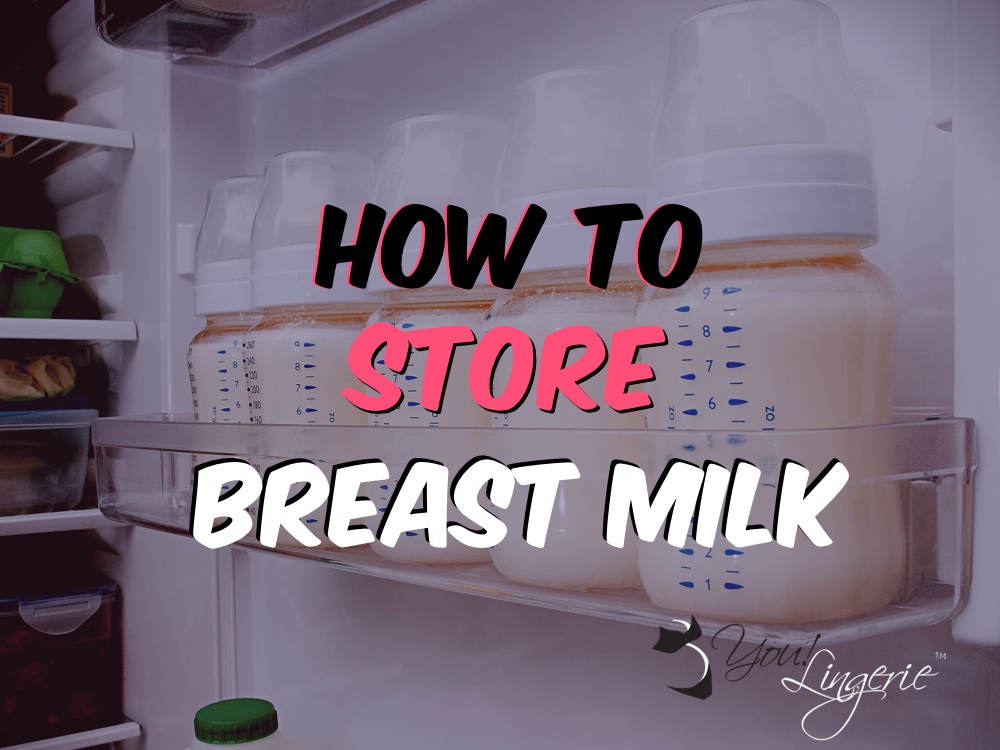 If you have to pump and store breast milk for the first time, you probably have an array of questions. You have to balance safety and convenience, so it’s important to know how to best preserve the nutrients and antibodies in milk.
If you have to pump and store breast milk for the first time, you probably have an array of questions. You have to balance safety and convenience, so it’s important to know how to best preserve the nutrients and antibodies in milk.
What should I store my breast milk in? There are three primary types of containers that work for storing breast milk: glass containers, plastic containers and breast milk storage bags. Most moms agree that the storage bags made specifically for breast milk are most convenient because they come in a few different sizes and can be placed in both refrigerator and freezer safely. Make sure that your container is sealed tightly to prevent spoilage, leakage or freezer burn (DiSanto, Joseph; DiSanto, Karin Y. , 2012).
How much should I store in each bag (bottle)? It is wise to store the amount that you expect your baby to drink during each feeding. If your baby doesn’t drink a consistent amount of milk, store 2 ounces in each bag. Remember that milk expands when frozen, so don’t overfill the storage bag.
How long can I store my breast milk safely? Here are the guidelines from Dr. Sears:
- Milk can be stored at room temperature (77F) for 4 to 8 hours.
- Refrigerated breast milk is good for 3-8 days. Transfer unused refrigerated milk to the freezer before it is 8 days old and discard all milk that has been stored for longer than 8 days. Never store it in the refrigerator door – make room in the back of the refrigerator instead.
- Breast milk can be stored in the back of the freezer for 3 months. Thaw it for 24 hours before feeding it to your baby. Never refreeze thawed milk. Use thawed milk within 24 hours. Freezing destroys some of the properties of breast milk, and bacteria grows fast what it is thawed (Ask Dr. Sears, 2011).
Be sure to address any concerns with your pediatrician before expressing and storing breast milk.

References
Ask Dr. Sears. (2011). Storing and Transporting Breast Milk. Retrieved July 9, 2012, from Ask Dr. Sears:
http://www.askdrsears.com/topics/breastfeeding/while-working/storing-transporting-breast-milk
DiSanto, Joseph; DiSanto, Karin Y. . (2012, January). Breastfeeding FAQs: Safely Storing Breast Milk. Retrieved July 10, 2012, from Kids Health:
http://kidshealth.org/parent/growth/feeding/breastfeed_storing.html
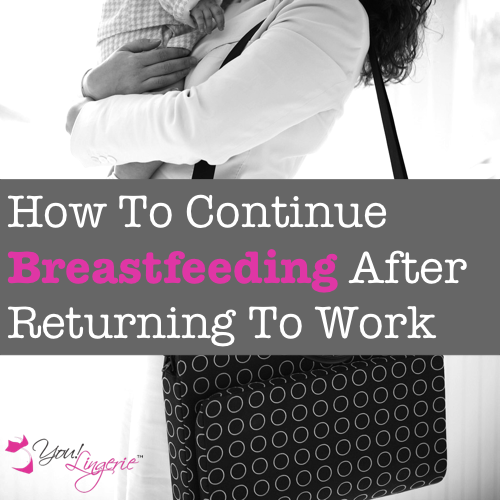 Coming back to work from your maternity leave is a huge adjustment. While you will not be able to physically nurse your baby as often as you used to, providing her with expressed breast milk is well worth it. If you plan to breastfeed your baby after returning to work, there are many things to think about. When you make your initial plan, it is important to coordinate with your partner, employer and your infant’s caregiver.
Coming back to work from your maternity leave is a huge adjustment. While you will not be able to physically nurse your baby as often as you used to, providing her with expressed breast milk is well worth it. If you plan to breastfeed your baby after returning to work, there are many things to think about. When you make your initial plan, it is important to coordinate with your partner, employer and your infant’s caregiver.
Get the right gear – Working moms have to be efficient and it may be difficult if it takes you a half an hour to empty each breast. Consider investing in a dual hospital grade pump that empties both breasts at the same time (Laing, 2009). Make sure you have plenty of milk storage bags, a lunch bag and several ice packs. You will need several baby bottles with slow flow nipples that mimic mom’s breast. This way, your baby is less likely to develop nipple confusion (Ask Dr. Sears, 2011). Purchase extra nursing bras and nursing tops to make pumping more quick and efficient. Determine how often will you nurse your infant yourself – You will have to get ready for work every morning, so you may need to put her on a nursing schedule to streamline your morning routine. Figure out whether you can make it home (or to the daycare) during the lunch hour to nurse you baby and to take time to bond with her. Ask your partner or caregiver to feed your baby in a way that allows you to nurse him when you get home from work. Figure out where you will pump and how often – Ask your employer for a private room that you can use and talk about taking extra breaks to pump. Explain to your supervisor why it is important and communicate to him how you plan on meeting the demands of your job. To keep your milk supply high and to prevent engorgement, you will have to express your breast milk approximately as often as your baby nurses or at least twice during your work day (Ask Dr. Sears, 2011). Find out how you will store your breast milk – It is best to store breast milk in the refrigerator in your break room. You can put the storage bag in a separate container to conceal it. If a refrigerator is not available, you can store the milk in an insulated lunch bag with a few ice packs. Remember that you can only store the milk in a cooler for a few hours, so try to get it home as soon as possible and refrigerate or freeze it (Ask Dr. Sears, 2011). Make sure your partner and caregiver understand how to handle breast milk -Make sure they understand how to thaw, store and transport breast milk, as well as when they should discard it. Explain to them that they cannot microwave breast milk, and that bottles must be washed after each use. Nurse your baby as often as you can when you are home. It will provide him with vital nutrients directly from the source, give you time to bond and stimulate milk production. 
References
Ask Dr. Sears. (2011). 20 Tips for Working and Breastfeeding. Retrieved July 11, 2012, from Ask Dr. Sears: http://www.askdrsears.com/topics/breastfeeding/while-working/20-tips-working-and-breastfeeding Ask Dr. Sears. (2011). How To Fit Pumping Onto Your Work Schedule. Retrieved July 11, 2012, from Ask Dr. Sears: http://www.askdrsears.com/topics/breastfeeding/while-working/how-fit-pumping-your-work-schedule Ask Dr. Sears. (2011). Storing and Transporting Breast Milk. Retrieved July 9, 2012, from Ask Dr. Sears: http://www.askdrsears.com/topics/breastfeeding/while-working/storing-transporting-breast-milk Laing, L. (2009, February). Balancing Work & Breastfeeding. Retrieved July 10, 2012, from Parents Magazine: http://www.parents.com/baby/breastfeeding/breast-pumping/balancing-work–breastfeeding/?page=4
***BUY IT NOW: TANKS ARE NOW ON SALE AT OUR ONLINE STORE ***
***WINNERS ANNOUNCED (8/20) BELOW***:
***UPDATE #2 (8/17) BELOW***:
***UPDATE #1 (8/15) BELOW***:
It’s an exciting time here at You! Lingerie. In September, we are launching our newest collection called the Double You! Maternity & Nursing Tanks. WHOOOOHOOO!!! 
In classic You! Lingerie fashion, our tanks are designed with the same fun, playful, and stylish spirit as our nursing bras, bringing you a collection of 4 flirty and chic colored tank tops (meet Pippa, Lilou, Ashe & Rain). They are all SOOOO cute, I could scream 


Featuring a double layered look with dual usage during pregnancy and post-partum, the Double You! Tanks are functional, supportive, and did I mention super comfy without sacrificing style. These tanks are a MUST HAVE essential for the pregnant and breastfeeding fashionista mama…I promise!
Here are the reasons why you too will fall in love with the Double You! Tanks:
- Built-in nursing bra provides support, comfort, and discretion
- Breathable, absorbent, stretchy cotton/elastane blend to accommodate your changing breasts (it grows with you!)
- Easy, convenient and discreet one-handed maternity nursing clips with pretty bows in our signature hot pink color
- Wear strap classic or cross back
- Adjustable satin straps for additional support without compromising the overall appearance
- 90% Cotton, 10% Elastane, machine washable
- Beautifully supports up to a 44 band and G cup with easy sizing – S, M, L, XL
Convinced yet?
Even more exciting is that we are giving YOU a chance to try them before they become available for sale in September. (Are you doing the happy dance yet? LOL  ) Twenty five (yes, we said 25) lucky mamas will win these beauties this week. We will be updating our blog to tell you all the ways you can win these amazing tanks, so make sure you stay tuned and check back here throughout the week.
) Twenty five (yes, we said 25) lucky mamas will win these beauties this week. We will be updating our blog to tell you all the ways you can win these amazing tanks, so make sure you stay tuned and check back here throughout the week.
Today, be sure to SHARE, COMMENT,LIKE our Facebook announcement post (You! Lingerie Facebook Page) for a chance to win and don’t forget to enter in the rafflecopter widget below to secure your entry!!!
***UPDATE #1 (8/15)***: There are two new ways to win a Double You! Tank today – Sign up for our newsletter, The You! List, and “Pin It to Win it”. Here is how to submit a “Pin It to Win It” entry:
Step 1: Create a You! Lingerie Pin Board – Create a You! Lingerie Double You! Tanks Board on Pinterest and categorize under Women’s Apparel.
Step 2: Pin Your Favorite Double You! Shots – Pin at least 1 shots per style from below and add a comment to each pin telling us your ranking for the styles.
Step 3: Post Your Board Link Here – Post a link to your board in the rafflecopter widget at the bottom of this blog post.
Be sure to secure your entry below. If you have any questions, please feel free to contact us at customer_service@you-lingerie.com.
***UPDATE #1 (8/17)***: Calling all Bloggers- As the last entry type, we are calling all bloggers to post a blog about our new Double You! Tanks. We are asking you to tell your readers about our new tanks and why you think they should check them out. The blog entry should have at least one pic of the tanks and a link back to this entry. If you have any questions, please feel free to contact us at customer_service@you-lingerie.com.
***WINNERS***: Congrats to our 25 winners! Please see the rafflecopter widget for the full list of winners. Thanks to all for participating!!!
a Rafflecopter giveaway
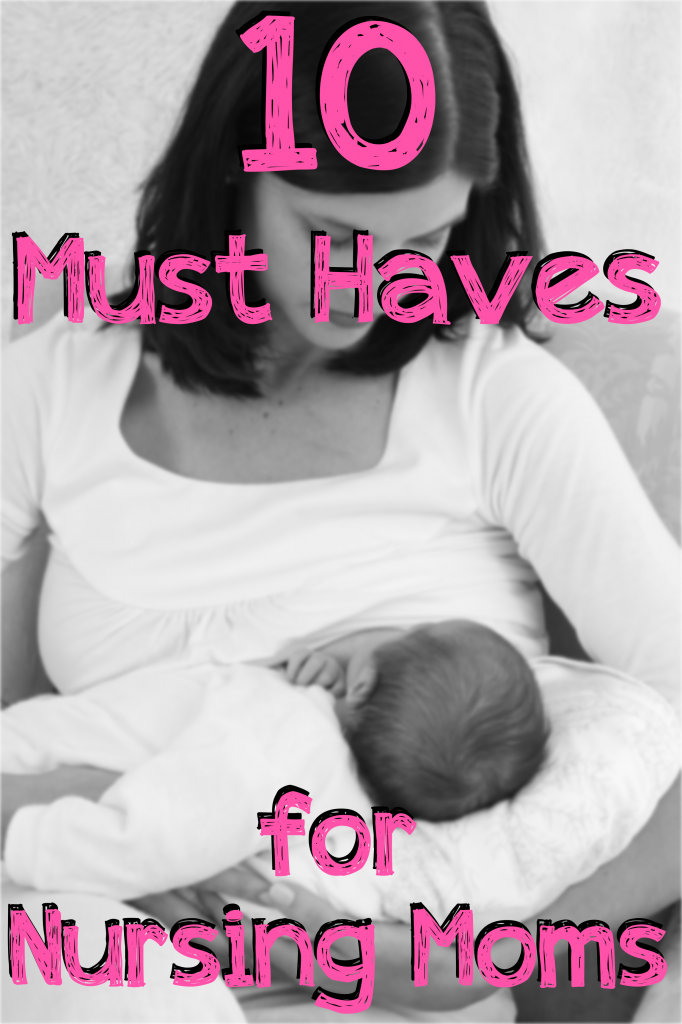
You are beginning a beautiful new journey with your baby. Breastfeeding will nurture her and allow the two of you to bond. Establishing a nursing relationship may come very naturally or may take a lot of work, especially for first-time moms. These ten products will make breastfeeding easier, particularly if you are very active or plan to return to work after your maternity leave.
1. Nursing bras and nursing pads. Nursing bras are more comfortable for breastfeeding moms than ordinary bras and provide easy access to your breasts. Parents Magazine recommends buying three or four nursing bras of different colors. Nursing pads fit inside of your bra cup and absorb leaking milk, preventing embarrassing stains on your shirt (Richards, 2012).
2. Nursing tops. Unless you plan on running around in a nursing bra the entire time you breastfeed your baby, you need to purchase a few nursing tops. They are designed to allow you to nurse inconspicuously without revealing too much skin. A good alternative to nursing tops are button up shirts.
3. Nursing pillow(s). Nursing pillows (Boppy pillows) fit around your waist and are created specifically for making babies comfortable. They keep your infant positioned at your breast and are convenient because you don’t have to support the baby’s head while nursing. Isabella Knox, a doctor at the University of Washington and Seattle Children’s Hospital, says this about nursing pillows, “The general idea is: you bring the baby to the breast, not the breast to the baby. That way, mom doesn’t have to contort herself to get into the baby’s mouth” (WebMd, 2012).
4. Breast pump. Having a breast pump is essential if you plan to go back to work, leave the house for over two hours without your baby, or travel. On top of that, breast pump is the best solution to relieve engorged breasts. Pumping can also stimulate breasts and increase milk production if you have low milk supply and the stimulation from your baby is not sufficient.
5. Nursing cover. Nursing cover is designed to cover your chest and your baby while you nurse to give you some privacy. It can be irreplaceable for active, on-the-go moms who frequently nurse in public. Some babies don’t like nursing covers and will refuse to breastfeed. It may help to experiment with different types of nursing covers to find the one that your baby is comfortable with.
6. A couple of bottles for breastfed babies. Even if you plan on breastfeeding exclusively, it is best to buy a couple of bottles that are specifically designed for breastfed babies. If you are not available to feed your baby, he is not going to wait. These bottles have slow flow nipples and the shape of the nipple mimics mom’s breast, so they are unlikely to cause nipple confusion. They are usually more expensive than ordinary bottles, but are well worth it, especially if you plan to nurse your baby for an extended period of time.
7. Milk storage bags. Milk storage bags are designed to store breast milk and are very convenient if you produce more milk than your baby needs, prefer to bottle-feed in public or plan on returning to work. Milk storage bags can be laid flat in the freezer or stored in the refrigerator upright.
8. A cooler bag. These cooler bags are smaller than a regular lunchbox and are designed specifically to store baby bottles. They are very convenient for transporting frozen breast milk or freshly pumped bottled milk.
9. Nipple cream. Nipple cream is a must have when you first begin to breastfeed – it moisturizes and heals irritated and cracked nipples. It is lanolin based and you don’t have to wash it off before nursing your baby.
10. Prenatal vitamins or nursing vitamins with Omega-3. Nursing provides the best nutrition for your infant and it makes sense to capitalize on that by continuing to take your prenatal vitamins and Omega-3 fatty acids.
Parents Magazine; Jennifer Richards (2012). 14 Things You Didn’t Know About Breastfeeding.
Retrieved on July 2, 2012 from http://www.parents.com/baby/breastfeeding/problems/breastfeeding-soothing-solutions/#page=10 .
WebMD. (2012). Breastfeeding: 11 Things That Can Help. Retrieved on July 2, 2012 from
http://www.webmd.com/parenting/baby/features/breastfeeding-items-that-may-help
When you first bring your baby home, you may find that he is having trouble nursing. At this stage, most difficulties that babies have stem from latch-on problems. This can be stressful for mom and baby, but if your baby is healthy, there is no need to worry – there are proven ways to correct his latch.
To get your baby to latch on properly, follow these guidelines from La Leche League – a nonprofit organization that advocates nursing and offers breastfeeding support. First, position your baby comfortably and tickle her lips with your breast. This will encourage her to open her mouth. When she starts rooting, insert your nipple into your baby’s mouth aiming towards the roof of her mouth and bring her rapidly towards your breast. If her nose is touching your breast, at least ½ inch of your breast is in her mouth, and you hear her swallowing – you have accomplished a good latch (La Leche League, 2012). Pain-free breastfeeding is another sign of a good latch – nursing should not hurt.
To rectify common latch problems, you may need to:
-
Make sure your breasts aren’t engorged. According to Dr. Sears, when your breasts are engorged, the baby cannot get enough of the breast tissue into his mouth to compress the milk sinuses and his sucking stimulates more milk to enter the breast while he is unable to empty it, which further engorges it (Sears, Sears, Sears, & Sears, 2003). You may have to express a little milk with a breast pump or by hand first to make sure that the baby can get a good hold of your nipple.
-
Try different nursing holds. Babies are different and may need to lay a certain way to be able to latch on well. Experiment with different holds, like the football hold, the cradle hold or the cross-cradle hold until you find the one that works best for your baby.
-
If your baby continues to have trouble latching on, call a certified lactation consultant. She will meet with you at home or at her office and will guide you through the process by helping you position your infant, observing how the baby latches on and suggesting how you can correct her latch. Most likely, by the end of the visit, your little one will nurse like a pro.
Some infants have trouble latching on due to various health conditions, such as developmental problems, illness or difficulty breathing. If your baby doesn’t want to open her mouth wide enough to nurse, doesn’t seem to get any milk or you suspect that she is having trouble breathing with her mouth full, contact your pediatrician and notify your lactation consultant if you are working with one. Ultimately, most latch problems are easily corrected with practice or with a help of your lactation consultant.
La Leche League. (2012, May 29). LLLI- How do I position my baby? Retrieved July 1, 2012, from La Leche
Sears, W., Sears, M., Sears, R., & Sears, J. (2003). The Baby Book. New York: Hachette Book Group.
 If you have to pump and store breast milk for the first time, you probably have an array of questions. You have to balance safety and convenience, so it’s important to know how to best preserve the nutrients and antibodies in milk.
If you have to pump and store breast milk for the first time, you probably have an array of questions. You have to balance safety and convenience, so it’s important to know how to best preserve the nutrients and antibodies in milk.

 Coming back to work from your maternity leave is a huge adjustment. While you will not be able to physically nurse your baby as often as you used to, providing her with expressed breast milk is well worth it. If you plan to breastfeed your baby after returning to work, there are many things to think about. When you make your initial plan, it is important to coordinate with your partner, employer and your infant’s caregiver.
Coming back to work from your maternity leave is a huge adjustment. While you will not be able to physically nurse your baby as often as you used to, providing her with expressed breast milk is well worth it. If you plan to breastfeed your baby after returning to work, there are many things to think about. When you make your initial plan, it is important to coordinate with your partner, employer and your infant’s caregiver.





